What is the difference between strawberries and strawberries?
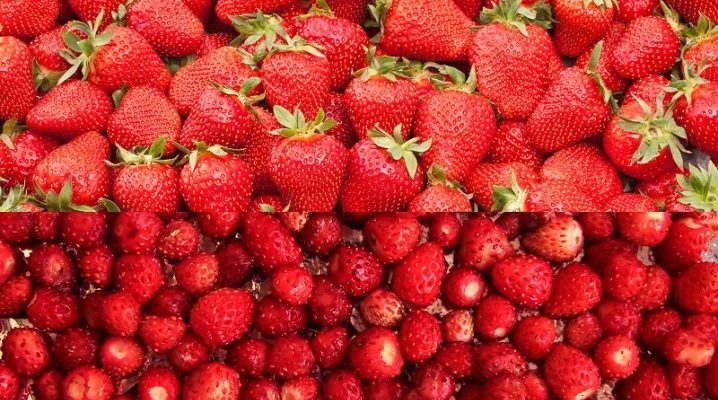
Often, gardeners are convinced that it is strawberries that grow on their site, but sometimes it turns out that they are growing garden strawberries. It is worth figuring out what is the difference between these two cultures.
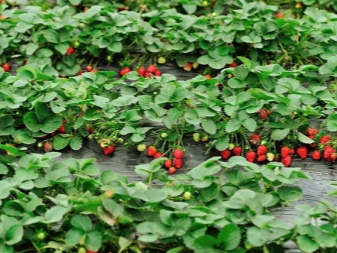

External differences
Both strawberries and strawberries are related plants (Strawberry family from the genus Pink). However, these are two different plants. They differ in the number of chromosomes, as well as in appearance. They can be distinguished by their bushes, and by the color and size of the berries, and by the taste of the fruits, and by the leaves and peduncles. Strawberry differs from wild strawberry primarily in that it is a larger and dioecious (with the presence of female and male flowers) plant.
And in garden strawberries, each flower has a pistil with stamens, the culture does not produce barren flowers. It is a squat plant. If you look at the leaves, then strawberries are large and corrugated, with a light green hue. Strawberries have a medium-sized leaf, rich green, serrated along the edge, grows on the sides. By the way, even the leaves of the strawberry bush smell, not to mention the fruits. Strawberry berry, by the way, can smell like citrus, pineapple: depending on the variety, specific aromas can come from... In wild forest strawberries, the fruit looks much smaller than that of a domesticated plant.
Garden homemade strawberries are similar to ordinary strawberries, the berry can even be larger (2-8 cm in diameter). The fruit can be of various shapes: round, in the form of a heart or scallop, elongated, and so on. The strawberry fruit is an elongated berry with a diameter of 0.3-5 cm. Strawberry bushes grow taller and seem more robust, can reach a height of up to 40 centimeters, while graceful strawberry stalks rise to a maximum of 25-30 cm. The flowers on the strawberry rise above the leaves, while the flower stalks of the strawberry, on the contrary, hide under them.

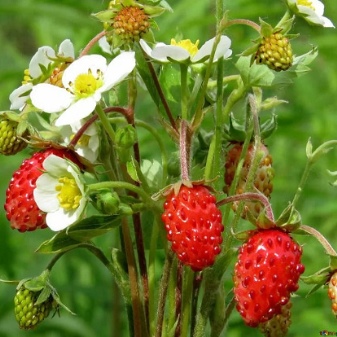
Comparison of taste
Strawberries give us a tighter, denser berry with a stem in the middle. The strawberry berry does not have such a core.... Although it is smaller, it is very fragrant, with a uniform delicate scarlet pulp and very sweet. Strawberries are sour than strawberries. In small strawberry fruits, the sugar content is much higher, therefore, its taste seems to us more spicy and bright. But at the same time, it is the strawberry that leaves a sour aftertaste. Garden strawberries have a higher yield, fruits are more aromatic, but less.
But strawberries keep fresh longer., therefore, strawberries are mainly sent for sale: they do not spoil so quickly and retain their taste. For strawberries, a buyer is immediately needed, it is better to process it right away, otherwise it will start to deteriorate and flow, lose its taste. It is not recommended to eat soft berries, as this may cause problems with the gastrointestinal tract. Fruits of both strawberries and strawberries are used in about the same way: they make compotes, mousses, make jam, jam, grind with sugar for the winter, or simply freeze them.
As you know, there is no dispute about taste and color preferences, everyone has their own view of these things, but still strawberry fruits will be more saturated in color, aroma and taste. But in the size of berries, strawberries can be inferior to strawberries, unless we are talking about giant varieties.

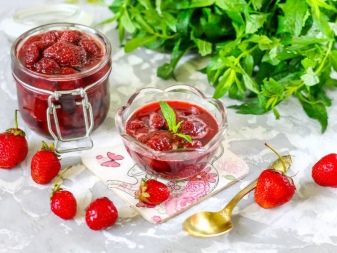
Nutrient Difference
Strawberries contain the following vitamins and macronutrients:
- C, PP, K, E;
- group B;
- potassium;
- calcium;
- folic acid;
- lemon acid;
- salicylic acid.
Strawberries contain trace elements:
- iron;
- zinc;
- iodine;
- fluorine;
- copper;
- cobalt;
- magnesium;
- selenium.
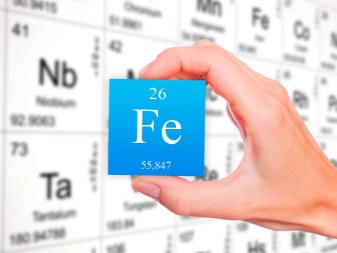

Essential oils enhance the aroma of strawberries (especially forest), their content in berries is very high. The presence of flavonoids (special substances that promote the production of enzymes in the human body) also contribute to the fact that we strongly smell the strawberry aroma. Many are convinced that garden and forest strawberries are more beneficial to the body, despite the fact that strawberries are much larger. It should be borne in mind that when growing strawberries, farmers, as a rule, use fertilizers, including chemical compositions. If you are not sure about the environmental friendliness of the berries, then it is better to hold them for an hour or two in water before using. Based on this, the most useful can be wild strawberries grown in natural conditions. During the season, it is advisable to take advantage of the opportunity and enrich your body with useful elements that this berry contains.
By the way, due to the eaten 5-6 kg per season, you can greatly strengthen the immune system. So, in any case, experts say. If strawberries and strawberries do not give an allergic reaction, then up to 0.5 kg of berries per day can be safely eaten by healthy adults. But if you follow the figure, then keep in mind that the calorie content of strawberries is much higher - 146 kcal per 100 g of berries, while the calorie content of strawberries is only 49 kcal. The ratio of fats: 2.5 g versus 0.5 g, protein in strawberry fruits will be 23 g, in strawberry - only 1 g. But the carbohydrate composition is stronger in strawberries than in strawberries (117 g of carbohydrates are contained in strawberries, 7 g - in strawberries). Children are given a berry depending on age, starting from 1 piece and monitoring the reaction of the body so that there is no allergy in the form of redness or rashes on the face and body. Strawberries have a low glycemic index (40), that is, they do not increase blood sugar, so even diabetics can eat them. It contains fiber and a lot of potassium, which contributes to the normal functioning of the intestines and heart.
Eating 100 grams of strawberries will give you 67% of your daily value for vitamin C and 12% of your daily value for copper. And if strawberry fruits contribute to the healing of wounds, then strawberry ones affect the reduction of inflammatory processes, normalize blood pressure.
But even the leaves of strawberries are useful (they also contain minerals and antioxidants). A decoction of strawberry leaves is recommended for constipation, hemorrhoids, frequent colds, atherosclerosis, spleen problems.


Differences in cultivation
Agrotechnical measures for growing strawberries are more complex: to obtain a harvest, a sufficient number of male and female bushes must be planted. If there are fewer male bushes, female bushes will not bear fruit. As a result, you will receive only empty flowers. We must also take into account the fact that male bushes actively absorb female ones: in this situation, the yield will be low. But the strawberry does not give empty flowers, it grows in the shade, it is resistant to cold weather. In general, she is less whimsical than her "cousin".
By the way, strawberries have fewer tendrils than strawberries. The latter reproduces only vegetatively. For its cultivation, large areas will be needed, it grows rather quickly. Strawberries grow in any soil, lighting does not play a special role. Providing her with good watering will be beneficial, but she will cope with dry conditions. But strawberries are a more delicate plant that loves good soil, moisture and light. It needs to be loosened, to take care of the bushes, cutting off the "children" in a timely manner (although it lets out tendrils much less than strawberries).
It is known that strawberries are grown more in France, Holland, Spain: whole plantations are planted there on an industrial scale. The berry tolerates transportation well, so we can often see Dutch strawberries on the Russian market as well. In Russia and the CIS countries, various strawberry varieties and hybrids are traditionally more popular.Plants adapt to almost any climatic conditions and, with proper care, delight summer residents with good yields. Not knowing about the distinctive features, many people think that they are growing strawberries, but in reality they grow the most common strawberries of garden varieties. After reading this article, you will definitely be able to understand this issue. And do not be upset if it turns out that you are planting a garden culture. After all, this berry is no worse (maybe even healthier than strawberries) and very fragrant. And many agronomists and amateur gardeners call garden strawberries still strawberries.
By the way, real strawberries will not grow in the wild, so if you want to know exactly what is growing in your area, try replanting the bush on the forest edge or on the nearest lawn: if it does, then it’s definitely strawberries.
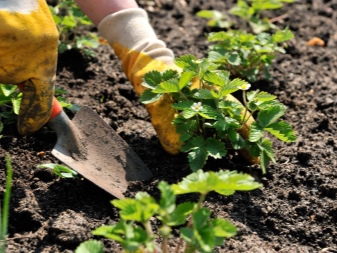
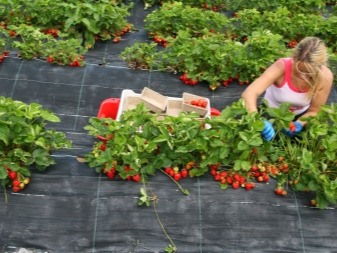













The comment was sent successfully.